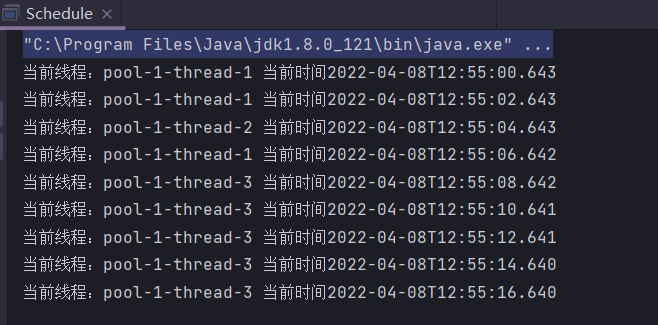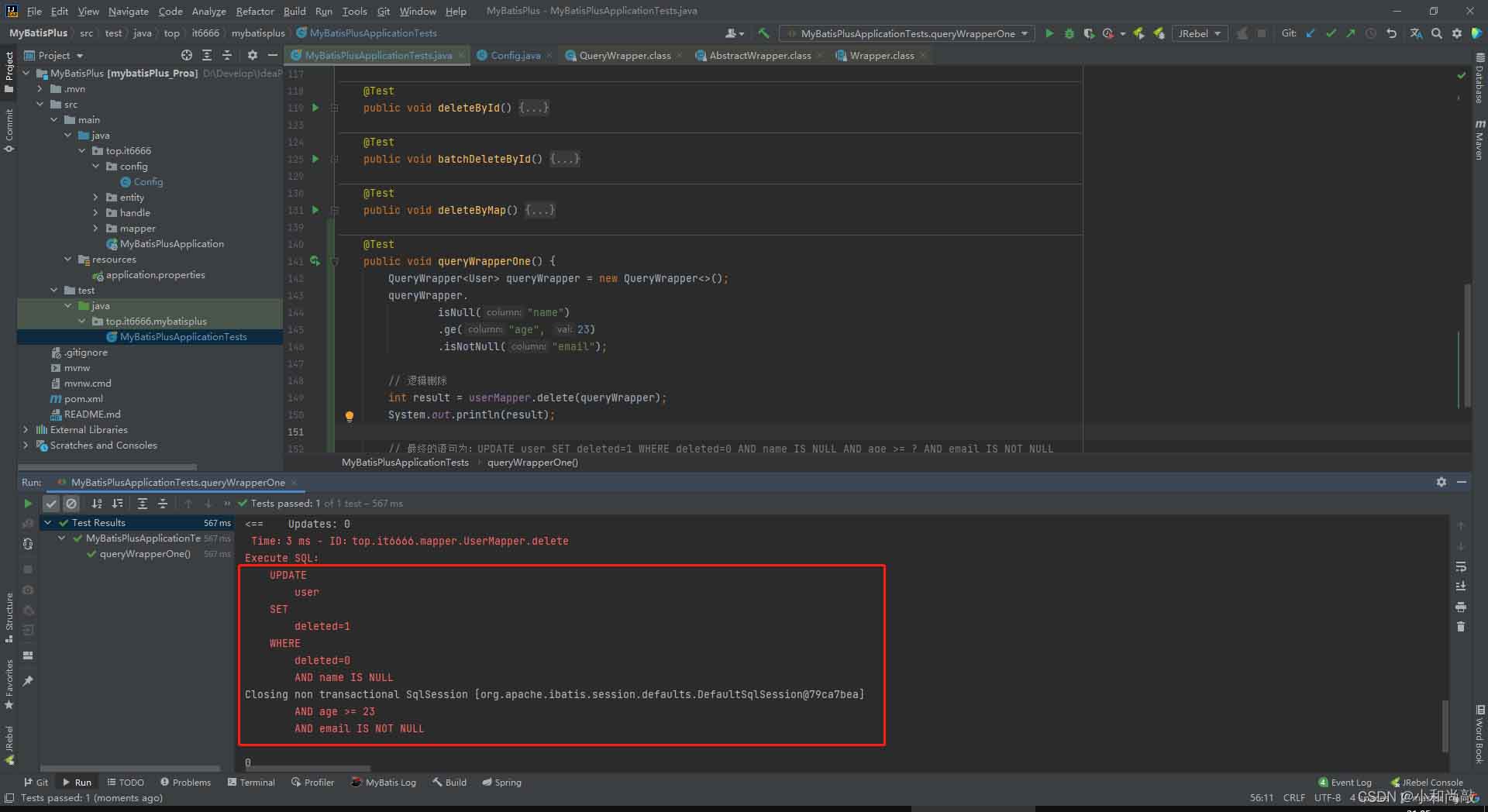HttpClient是Apache下的一个开源项目,用于模拟浏览器请求,支持协议如下:HTTP、HTTPS、FTP、LDAP、SMTP。
Httpclient模拟POST请求JSON封装表单数据的实现方法
什么是Httpclient?
HttpClient是Apache下的一个开源项目,用于模拟浏览器请求,支持协议如下:HTTP、HTTPS、FTP、LDAP、SMTP。
为什么使用Httpclient模拟POST请求JSON封装表单数据?
Httpclient模拟POST请求JSON封装表单数据,是一种请求方式,主要用于与服务端进行数据交互,使数据传输更安全、更高效。
Httpclient模拟POST请求JSON封装表单数据的实现步骤
- 创建HttpClient对象
在Java中创建HttpClient对象,可以使用HttpClients类的createDefault()方法。
CloseableHttpClient httpClient = HttpClients.createDefault();
- 创建HttpPost对象
创建HttpPost对象,同时指定要请求的URL地址。
HttpPost httpPost = new HttpPost("https://example.com/api");
- 设置请求头
设置请求头,可以添加需要的参数。
httpPost.setHeader("Content-Type", "application/json");
- 构造请求数据
构造要发送的请求数据,将需要发送的参数以JSON格式封装。
JSONObject jsonObject = new JSONObject();
jsonObject.put("username", "testuser");
jsonObject.put("password", "testpassword");
- 发送请求
将构造的请求数据添加到请求对象中,然后通过HttpClient进行请求。
StringEntity entity = new StringEntity(jsonObject.toJSONString(), "utf-8");
httpPost.setEntity(entity);
CloseableHttpResponse response = httpClient.execute(httpPost);
- 解析返回结果
当发送请求后,服务器返回响应结果,需要进行解析。可以通过response.getEntity()获取返回的实体,然后进行解析。
示例一
假设我们需要模拟API请求,发送用户名和密码。
private static void sendRequest() throws IOException {
CloseableHttpClient httpClient = HttpClients.createDefault();
HttpPost httpPost = new HttpPost("http://example.com/apis/login");
httpPost.setHeader("Content-Type", "application/json");
JSONObject jsonObject = new JSONObject();
jsonObject.put("username", "testuser");
jsonObject.put("password", "testpassword");
StringEntity entity = new StringEntity(jsonObject.toJSONString(), "utf-8");
httpPost.setEntity(entity);
CloseableHttpResponse response = httpClient.execute(httpPost);
HttpEntity responseEntity = response.getEntity();
if (responseEntity == null) {
return;
}
String result = EntityUtils.toString(responseEntity, "utf-8");
System.out.println(result);
}
示例二
另外一个场景是模拟form表单请求。
private static void sendForm() throws IOException {
CloseableHttpClient httpClient = HttpClients.createDefault();
HttpPost httpPost = new HttpPost("http://example.com/form");
List<NameValuePair> params = new ArrayList<NameValuePair>();
params.add(new BasicNameValuePair("username", "testuser"));
params.add(new BasicNameValuePair("password", "testpassword"));
UrlEncodedFormEntity entity = new UrlEncodedFormEntity(params, "utf-8");
httpPost.setEntity(entity);
CloseableHttpResponse response = httpClient.execute(httpPost);
HttpEntity responseEntity = response.getEntity();
if (responseEntity == null) {
return;
}
String result = EntityUtils.toString(responseEntity, "utf-8");
System.out.println(result);
}
以上便是使用Httpclient模拟POST请求JSON封装表单数据的实现方法,可以根据需要进行扩展。
本文标题为:httpclient模拟post请求json封装表单数据的实现方法


- Springboot利用Redis实现接口幂等性拦截 2023-01-29
- 详解SpringMVC的拦截器参数及拦截器链配置 2023-02-19
- 一文了解Spring中拦截器的原理与使用 2023-02-05
- 使用ObjectMapper解析json不用一直new了 2023-01-02
- Java实现级联下拉结构的示例代码 2022-11-29
- JSP技术实现RSS订阅功能的示例 2023-08-02
- JDBC板块精华整理20051226 2024-01-29
- Java调用第三方http接口的常用方式总结 2023-01-08
- java使用stream判断两个list元素的属性并输出方式 2022-12-08
- 让javascript加载速度倍增的方法(解决JS加载速度慢的问题) 2023-12-10









